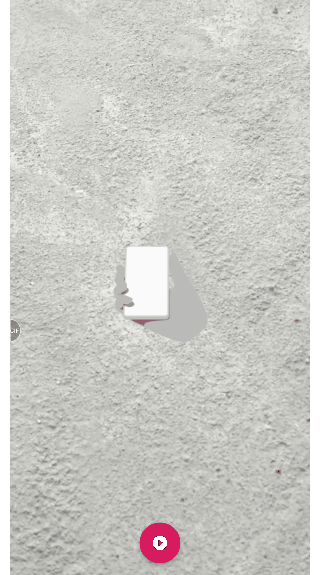Yeah , Check us on Medium also :- https://medium.com/@deepakypro/how-to-plot-a-graph-in-real-world-using-arcore-android-4f5f1007fb86
A simple library that allows you to add a graph in Real world using ARCore.
Add following dependency to your root project build.gradle file:
allprojects {
repositories {
...
jcenter()
maven { url "https://jitpack.io" }
...
}
}Add following dependency to your app module build.gradle file:
dependencies {
...
implementation 'com.github.the-losers:ARGraphLibrary:x.y.z'
...
}-
Manifest File
- Permissions, you need two permissions , 1. Camera so you can add a graph in real world, 2. Storage to record and save the added graph video.
<uses-permission android:name="android.permission.CAMERA"/> <uses-permission android:name="android.permission.WRITE_EXTERNAL_STORAGE"/>
-
Enable ARCore in Android studio, There are two types of AR apps: AR Required and AR Optional.
- AR Required apps
<application> … <!-- Indicates that app requires ARCore ("AR Required"). Causes Google Play Store to download and install ARCore when the app is installed. --> <meta-data android:name="com.google.ar.core" android:value="required" /> </application>
- AR Optional apps
<application> … <!-- Indicates that app supports, but does not require ARCore ("AR Optional"). Unlike "AR Required" apps, Google Play Store will not automatically download and install ARCore when the app is installed. --> <meta-data android:name="com.google.ar.core" android:value="optional" /> </application>
Read more about it here - Enable ARCore
-
build.gradle
- This library is using java 8 language features , so to enable them you will have to add below lines otherwise it will throw an error during compile time.
compileOptions { sourceCompatibility JavaVersion.VERSION_1_8 targetCompatibility JavaVersion.VERSION_1_8 } -
AndroidX
- ARGraph is using androidx library, So You will have to migrate your project to AndroidX. Read more about it here - Migrating to AndroidX
-
Create the GraphConfig builder,
GraphConfig mGraphConfig = GraphConfig.newBuilder() .setGraphList(getList()) //pass the list that you want to add in real world .setEnableClassicPlatform(false) .setEnableLogging(true) .setEnableVideo(true) .setVideoQuality(VIDEO_QUALITY.QUALITY_1080P) //QUALITY_HIGH, QUALITY_2160P,QUALITY_1080P,QUALITY_720P,QUALITY_480P .build();
-
Call the function
loadGraph,PlotGraph.get(context).loadGraph(mGraphConfig);
-
You can also check wheather a device support the arcore or not by simple calling the below method,
if(Utils.checkIsSupportedDeviceOrFinish(this)){ //Do stuffs } else{ //hide button or whatever you wants to do }
My Run Tracker - The Run Tracking App
- Follow me on Twitter: @deepakypro
- Contact me on LinkedIn: deepakypro
ARGraphLibrary is available under the BSD license. See the LICENSE file.
The End : Happy Coding :D

